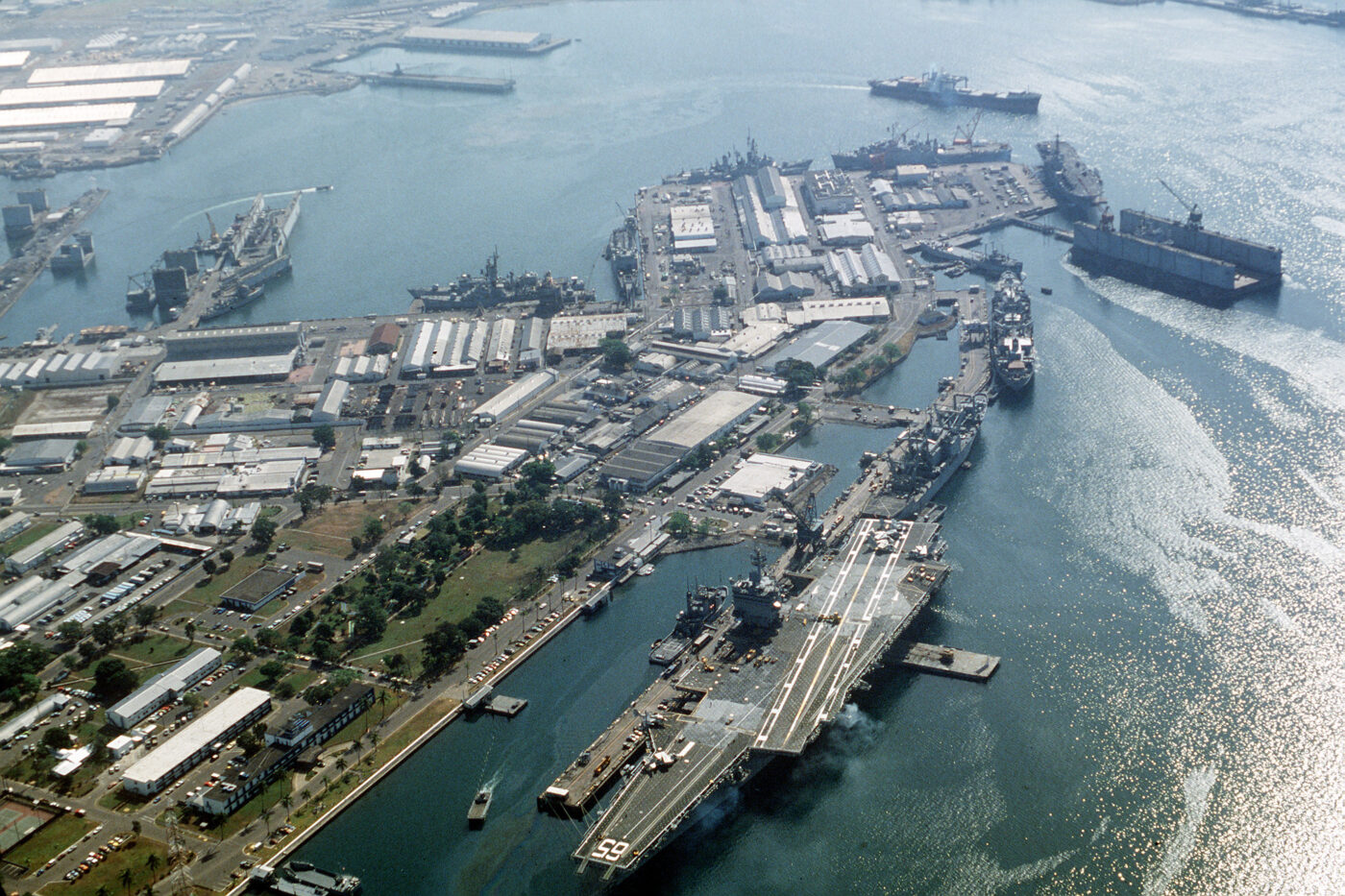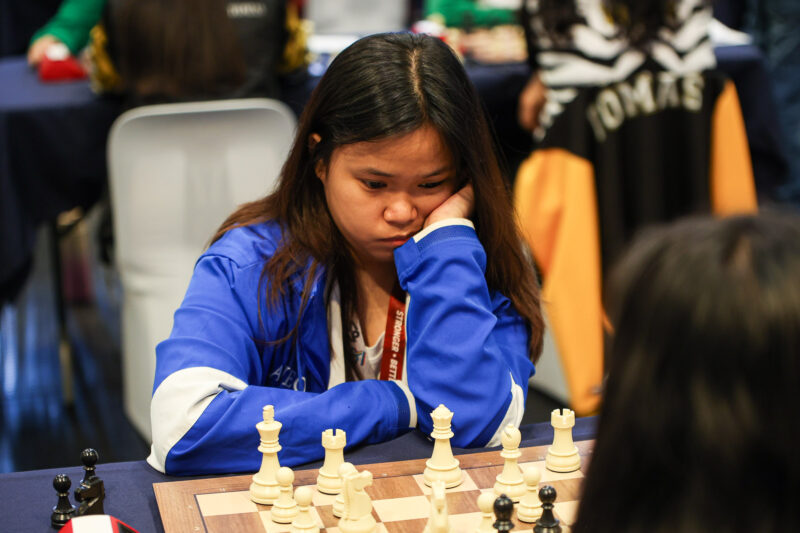“Our commitment to defend the Philippines is ironclad,” Barack Obama, president of the United States (US), announced during his state visit to the country on April 29. “And the US will keep that commitment, because allies never stand alone.”
The statement followed the signing of the Enhanced Defense Cooperation Agreement (EDCA) between the two countries. In a press conference the day before, Obama was not as assuring. When asked about Washington’s actions in the event of an attack from China, he maintained that the US was not taking specific positions against countries. “My hope is that at some point we’re going to be able to work cooperatively with China as well,” ABS-CBN News quoted him as saying.
The military deal gives US troops access to Philippine bases, which they can use for joint training, storage and accommodation. Any additions or improvements by the US to the facilities are to be transferred to Philippine ownership after their stay.
A primer released by the Department of Foreign Affairs (DFA) listed other benefits to include maritime security, improved humanitarian assistance and disaster response. The agreement is good for 10 years.
Old friends
Former Senator and Defense Secretary Orlando Mercado cites history and geography as reasons for US interest in the Philippines. “Remember that we were a colony of the US,” he says. “The first stop to Southeast Asia is the Philippines. We are at the gateway.”
Mercado adds that the US has realized a need to pivot its power to the Pacific, which remains a growth area despite economic crisis in the West.
“Now, the EDCA has come up as a consequence of need on both sides,” he explains. “There is a felt need in the Philippines, for us who have a very weak capability to protect our sovereignty and territorial integrity.”
He is referring to China’s presence in the West Philippine Sea. Last March, Chinese ships blocked two Philippine vessels holding supplies for troops in commissioned Philippine Navy vessel BRP Sierra Madre at Ayungin Shoal. Panatag Shoal and Spratly Islands are also disputed territories. The Philippines has filed a case against China at the International Tribunal on the Law of the Sea (Itlos), a move that China refuses to engage in.
Quick thinking
“Now, is [EDCA] ideal?” Mercado asks. “It would be ideal for us to be able to defend our own territory and have a credible military that can defend our sovereignty. But we don’t have it. I could easily agree with [critics]. But what are the alternatives?”
He adds that the Philippines cannot even build, maintain, and upgrade its own military bases, while EDCA states that US-built facilities will “become the property of the Philippines” once their purpose is served.
“The EDCA will increase training opportunities for US and Philippine forces which will contribute to increased interoperability and a greater ability to respond to humanitarian crises,” US Ambassador Philip Goldberg said during the signing. The DFA said the deal moves for “capacity building towards Armed Forces of the Philippines (AFP) modernization” and “strengthening AFP for external defense.”
However, Mercado adds that EDCA is only a temporary solution, asserting that much relies on long-term remedies and maintenance. “So we have a stopgap measure. This is a band-aid solution.”
Cooperation concerns
The final passage of EDCA received backlash from the Senate. According to a report by the Philippine Daily Inquirer, Senate President Franklin Drilon said that the Palace should have consulted the Senate, while the Palace insists ratification is unnecessary. Names such as Miriam Defensor Santiago and Joker Arroyo also consider EDCA unconstitutional.
Diana Mendoza, assistant professor at the Political Science Department, pinpoints two Constitutional provisions against EDCA: Article 7, Section 21, which states “No treaty or international agreement shall be valid and effective unless concurred in by at least two-thirds of all the Members of the Senate,” and Article 18, Section 25, which states that no foreign military bases, troops or facilities will be allowed in the country except under a treaty concurred in by the Senate.
However, she adds that the agreement “merely implements what has been established as government policies in the 1951 Mutual Defense Treaty and the [1999] Visiting Forces Agreement.”
“A careful look at the EDCA shows how the executive branch has skillfully sought to avoid any rigorous legislative scrutiny—and more open forms of public consultation—to expedite the finalization of the new security pact,” Richard Heydarian, a lecturer at the Political Science Department, says.
EDCA also requires the Philippines and US to resolve disputes between themselves without third party interference. “This is quite problematic, because it provides executive-to-executive ‘consultations’ as the only mechanism for settling differences,” Heydarian adds. He also notes that while the Philippines will not be paid rent, it will still contribute for utilities like water and electricity.
Both Mendoza and Heydarian point out that EDCA does not oblige the US to protect the Philippines in the event of war with China at the West Philippine Sea.
Matter of time
Nonetheless, Mendoza believes that China does not welcome the development. “With or without EDCA, the conflict is bound to escalate,” she explains, “especially with China’s aggressive posture and increasing maritime presence.”
Mercado likewise doubts that the US would be willing to engage in a war, but also doubts China would start one, as it is motivated by resource, not land acquisition. “But we have to be very careful here. All sides have to [be],” he cautions, recalling how World War I began with only an assassination and a series of alliances.
Heydarian, who thinks EDCA may at least provide assistance for humanitarian security, suspects the possibility of a judicial review. Mendoza says, “The Supreme Court can only decide on the issue on the basis of petitions.” On May 26, former Senators Rene Saguisag and Wigberto Tañada sent a 65-page petition against EDCA to the Supreme Court.
Heydarian also guesses that future administrations may be less committed to EDCA. “But then again,” he says, “much will also depend on how aggressive will China become in coming years, and how the US will help us along the way.”
“I think this will be resolved in due time. Nothing is permanent,” says Mercado, who adds that there was a time the Philippines stood firm on its hold on Sabah. Today, he points out, it is not as aggressive. “In the dynamics of foreign policy and foreign relations, things are always in a flux.”
[seperator style=”style1″]Timeline of United States-Philippine military relations[/seperator]By Roxie Y. Ramirez
Sources:clarkab.com, latimes.com, vfacom.ph, senate.gov.ph, rappler.com
The United States (US) and the Philippines have a long history when it comes to military relations.
[columns][three-columns]
March 16, 1947 – Military Bases Agreement
With the signing of the Military Bases Agreement, the US is allowed to establish, operate and maintain air and naval bases in the Philippines for a period of 99 years. About 23 bases were provided for American use, the most prominent being Clark Air Base in Pampanga and the Subic Naval Base in Zambales. The agreement also allowed the US to recruit Filipinos into their armed forces.
[/three-columns][three-columns]
March 21, 1947 – US Military Assistance to the Philippines Agreement
The sister agreement to the Military Bases Agreement, the US Military Assistance to the Philippines Agreement allows for the creation of the Joint US Military Advisory Group (Jusmag). Jusmag deployed American military advisers to the country, who then oversaw the training of the Armed Forces of the Philippines recruits.
[/three-columns][three-columns]August 30, 1951 – Mutual Defense Treaty
The Mutual Defense Treaty is signed in Washington, DC. The treaty states that the both the Philippines and the US will support each other if one country gets attacked by an external party.
[/three-columns][/columns][columns][three-columns]September 16, 1966 – Ramos Rusk AgreementThe Ramos-Rusk Agreement reduces the term of 99 years brought forth by the Military Bases Agreement to 25 years.
[/three-columns][three-columns]January 7, 1979The Military Bases Agreement is amended once again, giving the Philippines sovereignty over the bases but still allowing the US “unhampered” military use over them.
[/three-columns][three-columns]September 16, 1991 – Treaty of Friendship, Cooperation and SecurityThe Philippine Senate rejects the Treaty of Friendship, Cooperation and Security, which would extend the US use of the bases for ten more years.
[/three-columns][/columns][columns][three-columns]
December 21, 1992
The Military Bases Agreement is officially terminated. The last of the US military bases are handed over to the Philippines and are eventually turned into economic zones.
[/three-columns][three-columns]
May 27, 1999 – Visiting Forces Agreement
In 1999, the Philippine Senate ratifies the Visiting Forces Agreement (VFA). The VFA is composed of two separate documents. VFA-1 allows the US government to have jurisdiction over any US military personnel who commits a crime in Philippine soil. Unless the crime is of significance to the Philippines, US military personnel cannot be tried in local courts.
VFA-2, on the other hand, requires the US government to inform Philippine authorities when a Filipino military personnel has been detained in the US.
The US government has used the agreement to keep its military personnel under its jurisdiction, with the most recent being the Subic rape case of 2006.
[/three-columns][three-columns]
April 28, 2014 – Enhanced Defense Co-operation Agreement
During a state visit to the Philippines, US President Barack Obama, together with President Benigno Aquino III, signs the Enhanced Defense Cooperation Agreement, which will allow the US to increase its military presence in the Philippines. The US, however, will not be allowed to establish a permanent base in the country.
[/three-columns][/columns]



